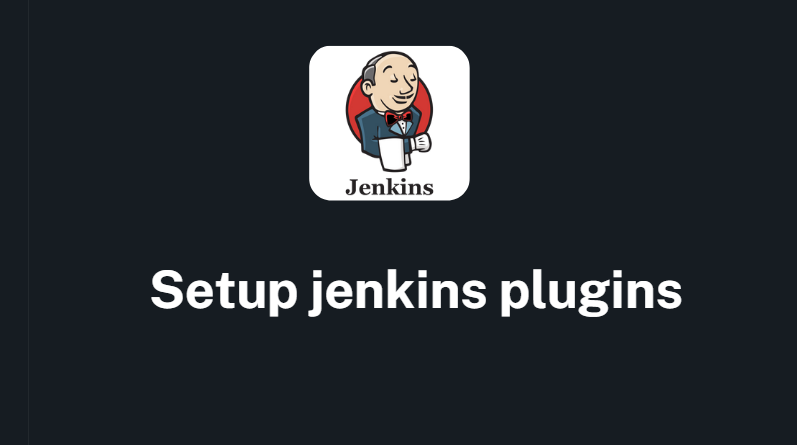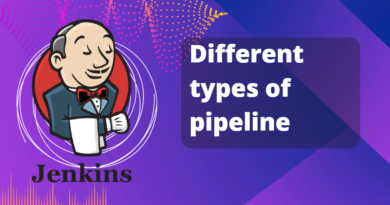How to setup jenkins plugin
Setting up a plugin in Jenkins is a straightforward process that involves the following steps:
- Log in to your Jenkins instance and navigate to the “Manage Jenkins” page.
- Click on “Manage Plugins” to access the Plugin Manager.
- In the “Available” tab, search for the plugin you want to install.
- Check the box next to the plugin and click on the “Install without restart” button.
- Wait for the installation to complete. Jenkins may need to download additional dependencies or restart the instance, depending on the plugin.
- Once the plugin is installed, navigate back to the “Manage Jenkins” page and click on “Configure System” or “Configure Global Security” to configure the plugin settings.
- Locate the plugin in the list of installed plugins and click on the “Configure” button.
- Configure the plugin settings as needed. This may include specifying API keys, setting up integrations with other tools, or configuring notification settings.
- Save your changes and test the plugin to ensure it is working correctly.
Here’s an example of how to install the “Slack Notification” plugin in Jenkins:
- Log in to your Jenkins instance and navigate to the “Manage Jenkins” page.
- Click on “Manage Plugins” to access the Plugin Manager.
- In the “Available” tab, search for “Slack Notification” in the search bar.
- Check the box next to the “Slack Notification” plugin and click on the “Install without restart” button.
- Wait for the installation to complete.
- Navigate back to the “Manage Jenkins” page and click on “Configure System”.
- Scroll down to the “Slack” section and enter your Slack API token and channel name.
- Save your changes and test the plugin by triggering a build and verifying that a notification is sent to your Slack channel.
That’s it! With these simple steps, you can install and configure plugins in Jenkins to enhance your CI/CD workflow.




